Tom's Hardware Verdict
The Team 2TB A440 Pro isn't as fast as competing drives with the same hardware from other vendors, but if found at low enough pricing, it could serve as a solid drive for general desktop PC workloads.
Pros
- +
+ High overall performance
- +
+ Conservative SLC caching design has faster, more consistent overall performance
- +
+ Runs cool and is relatively efficient
Cons
- -
Initial 2TB A440 Pro had media-grade flash, impacting performance
- -
Overall pricing still leaves something to be desired as SSD pricing continues to fall
Why you can trust Tom's Hardware
The A440 Pro and A440 Pro Special Series SSDs offer up to 7.4 Gbps of bandwidth with a peak of 1 million IOPS over the PCIe 4.0 interface, and the five-year warranty even supports up to 3 petabytes of write data for the 4TB model. Team Group clearly intends these to be premium drives, with the 2TB named the "A440 Pro" while the 4TB model is branded as the " A440 Pro Special Series" drive.
Team Group likes to put out a wide range of models, which can be a bit overwhelming and confusing for the average consumer. This is at least partially done by design because the hardware often changes in this industry; it seems like almost every day there’s a controller or flash swap on some drive or another. A common complaint is that a drive might be reviewed and, sometime later, be modified in such a way that performance has been diminished. We’ve certainly seen this with ADATA’s SX8200 Pro, for example. Having a blanket of different models also ensures your products will fill every niche or, at least, end up on everyone’s comparison list.
Team positions the A440 Pro Special Series specifically for the Playstation 5 (PS5), and at 4TB, it provides plenty of capacity for a plethora of games to be installed. In addition, the graphene heatspreader was designed with only 3.7mm of height, well below the PS5’s 8mm requirement, so it can fit into pretty much any machine. The material is also flexible with high conductivity to ensure a good balance between compatibility and cooling. This makes it ideal for tight environments, especially with the PS5, which should not have heavy enough write workloads to push the thermal envelope.
This separates it from the original A440 Pro which, while sharing the same hardware as the A440 Pro Special Series in retail, relies on a more traditional and much larger heatsink. This aluminum heatsink has a design that all but ensures the drive will never throttle during heavy read and write operations. Typically, thermal throttling is not an issue for E18 drives in well-ventilated environments, and often the worst environments are space-restricted. However, those who run their systems hotter or want a more conspicuous design can go with the heatsinked A440 Pro. During the writing of this review Team also released a version of the A440 Pro with a graphene heatspreader, blurring the lines between models; we reiterate our complaint that Team has too many SKUs.
Regardless, Team has become a major contender in this space in recent years. Their RGB SATA drives are popular, and the Vulcan SATA drives are too, for that matter. However, there's no denying that a slew of M.2 NVMe drives have come out of Team using a wide range of hardware: Phison and SMI controllers, DRAM and DRAM-less options, TLC and QLC, using anywhere from 64- to 176-layered flash. Oh, and of course, their high-endurance “Chia” T-Create Expert. This is not new for a third-party SSD manufacturer, and they also often label their own flash on some models, just like ADATA and Kingston. This means that a consumer looking for a drive is bound to come across a Team Group SSD as an option.
Specifications
| Product | 1TB | 2TB | 4TB |
| Pricing | $169.99 | $369.99 | $899.99 |
| Capacity (User / Raw) | 1000GB / 1024GB | 2000GB / 2048GB | 4000GB / 4096GB |
| Form Factor | M.2 2280 | M.2 2280 | M.2 2280 |
| Interface / Protocol | PCIe 4.0 x4 / NVMe 1.4 | PCIe 4.0 x4 / NVMe 1.4 | PCIe 4.0 x4 / NVMe 1.4 |
| Controller | Phison PS5018-E18 | Phison PS5018-E18 | Phison PS5018-E18 |
| DRAM | DDR4 | DDR4 | DDR4 |
| Memory | Micron 176L TLC | Micron 176L TLC | Micron 176L TLC |
| Sequential Read | 7,200 MBps | 7,400 MBps | 7,400 MBps |
| Sequential Write | 6,000 MBps | 7,000 MBps | 7,000 MBps |
| Random Read | 1,000,000 IOPS | 1,000,000 IOPS | 1,000,000 IOPS |
| Random Write | 1,000,000 IOPS | 1,000,000 IOPS | 1,000,000 IOPS |
| Security | N/A | N/A | N/A |
| Endurance (TBW) | 700 TB | 1,400 TB | 3,000 TB |
| Part Number | TM8FPY001T0C129 | TM8FPY002T0C129 | TM8FPY004T0C129 |
| Warranty | 5-Years | 5-Years | 5-Years |
The A440 Pro series of drives are rated for sequential speeds of up to 7.4/7.0 GBps read/write, down to 7.2/6.0 GBps respectively for the 1TB SKUs due to less interleaving, but they peak at 1 million read and write IOPS for all capacities. These capacities range from 1TB-3TB, with current pricing between $0.17 and $0.22 per gigabyte.
This is premium pricing, and the 4TB Special Series model is particularly expensive compared to the 1TB and 2TB options, although the 4TB price is a bit lower at the time of writing than it has been recently.
The five-year warranty supports 700 TB of data-writes-per-TB for the 1 and 2TB models and 3PBW for the 4TB model.
Software and Accessories
The A440 Pro, which we're testing at 2TB, comes with a double-sided aluminum heatsink that includes an appropriate thermal pad. Good contact with a thermal pad can help lower temperatures significantly because if the heatsink has enough surface area, the thermal bottleneck tends to be at the interface (assuming a sufficiently-cooled environment).
The A440 Pro Special Series, which we are testing at 4TB, instead comes with a graphene heat spreader, which is bound to be less effective but also less intimidating in physical size.
Get Tom's Hardware's best news and in-depth reviews, straight to your inbox.
A Closer Look

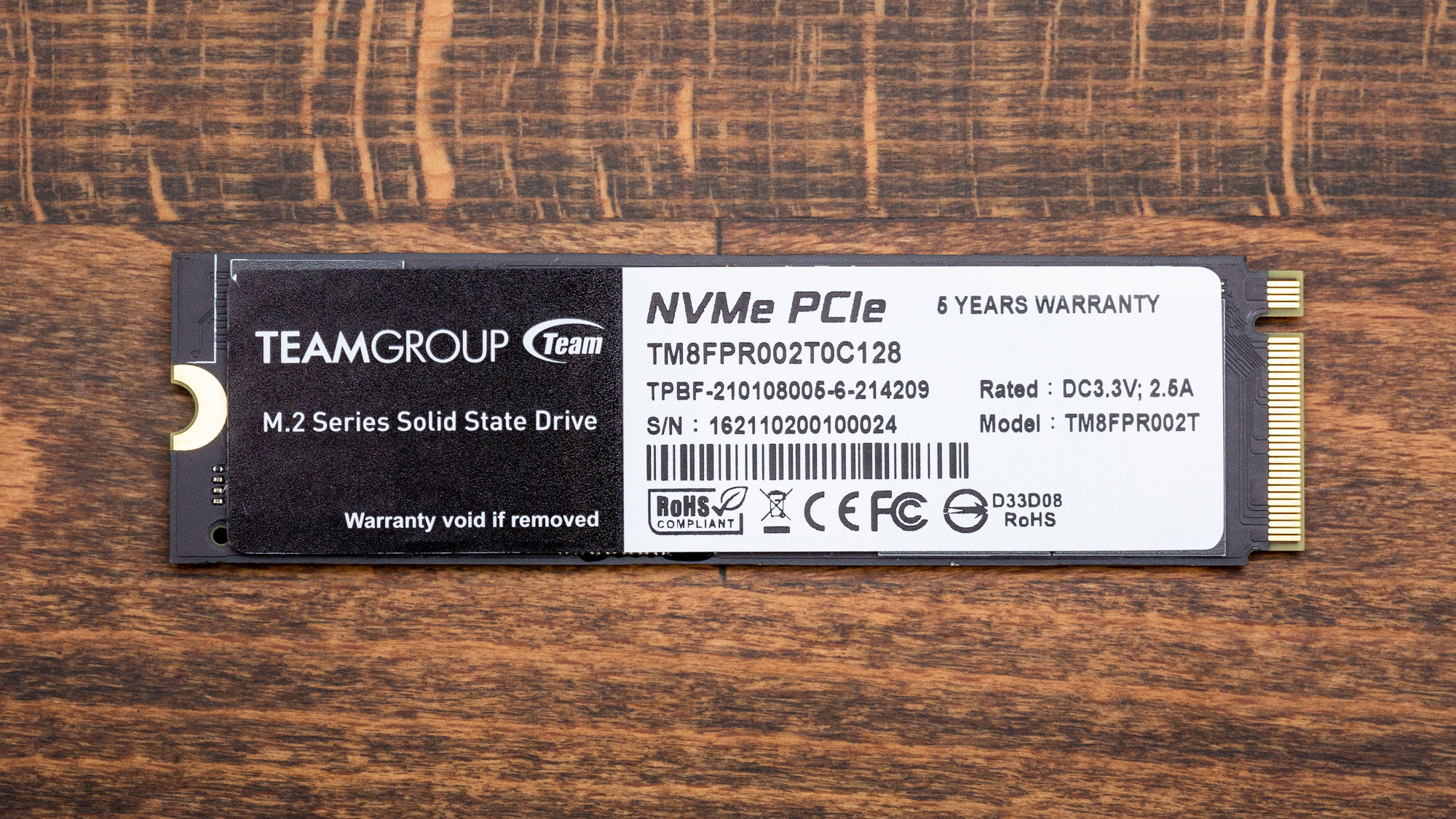
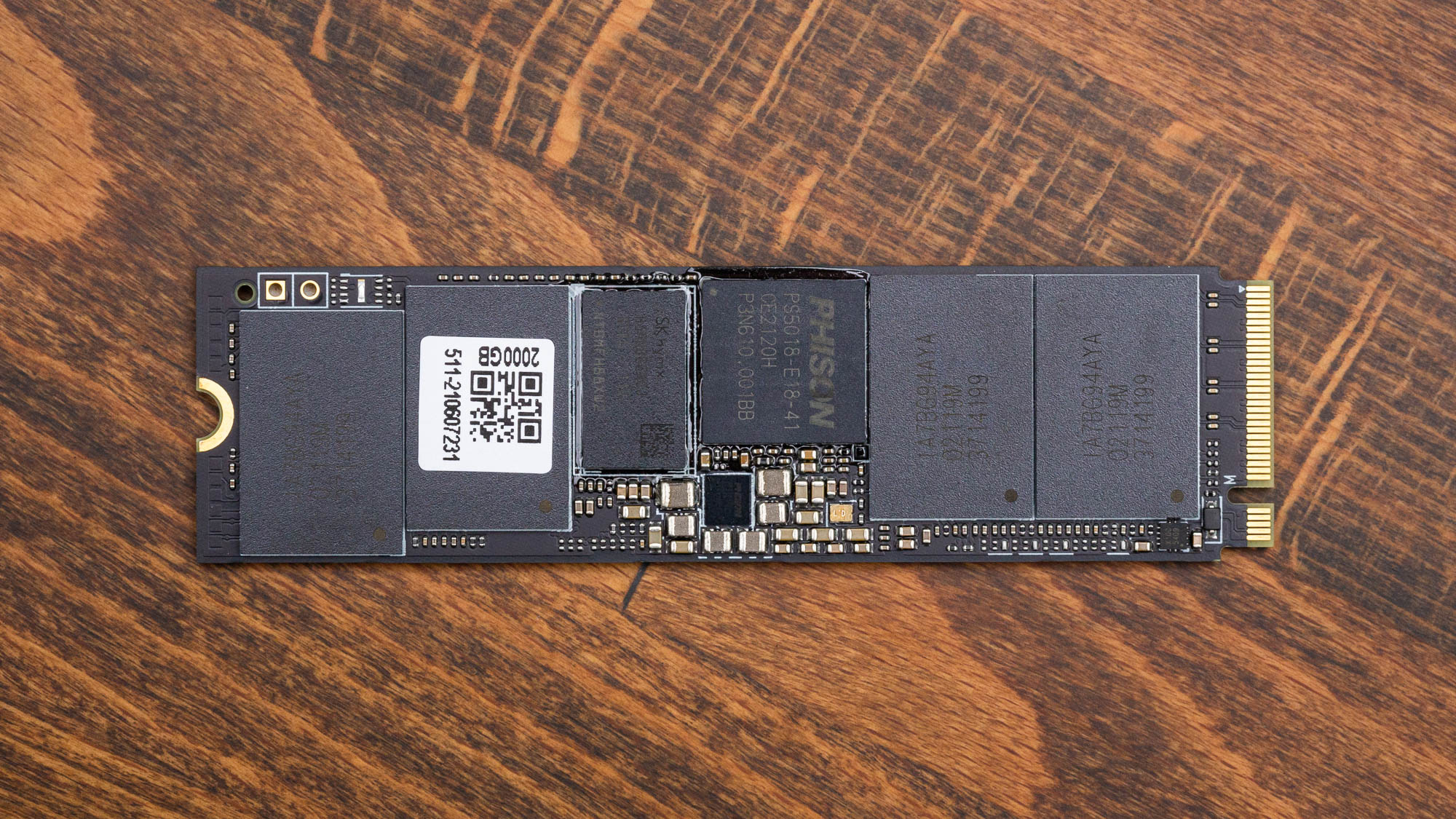
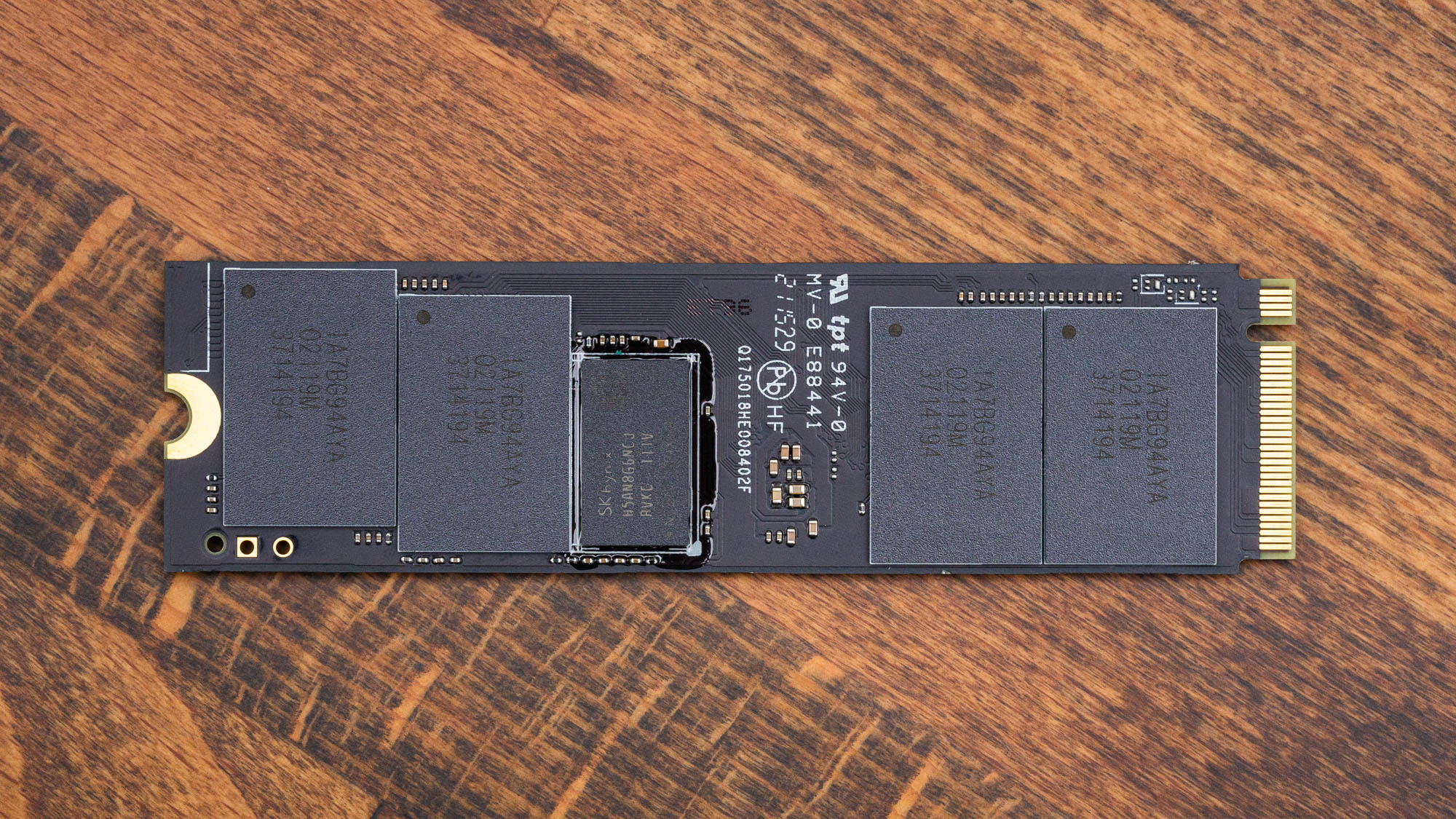
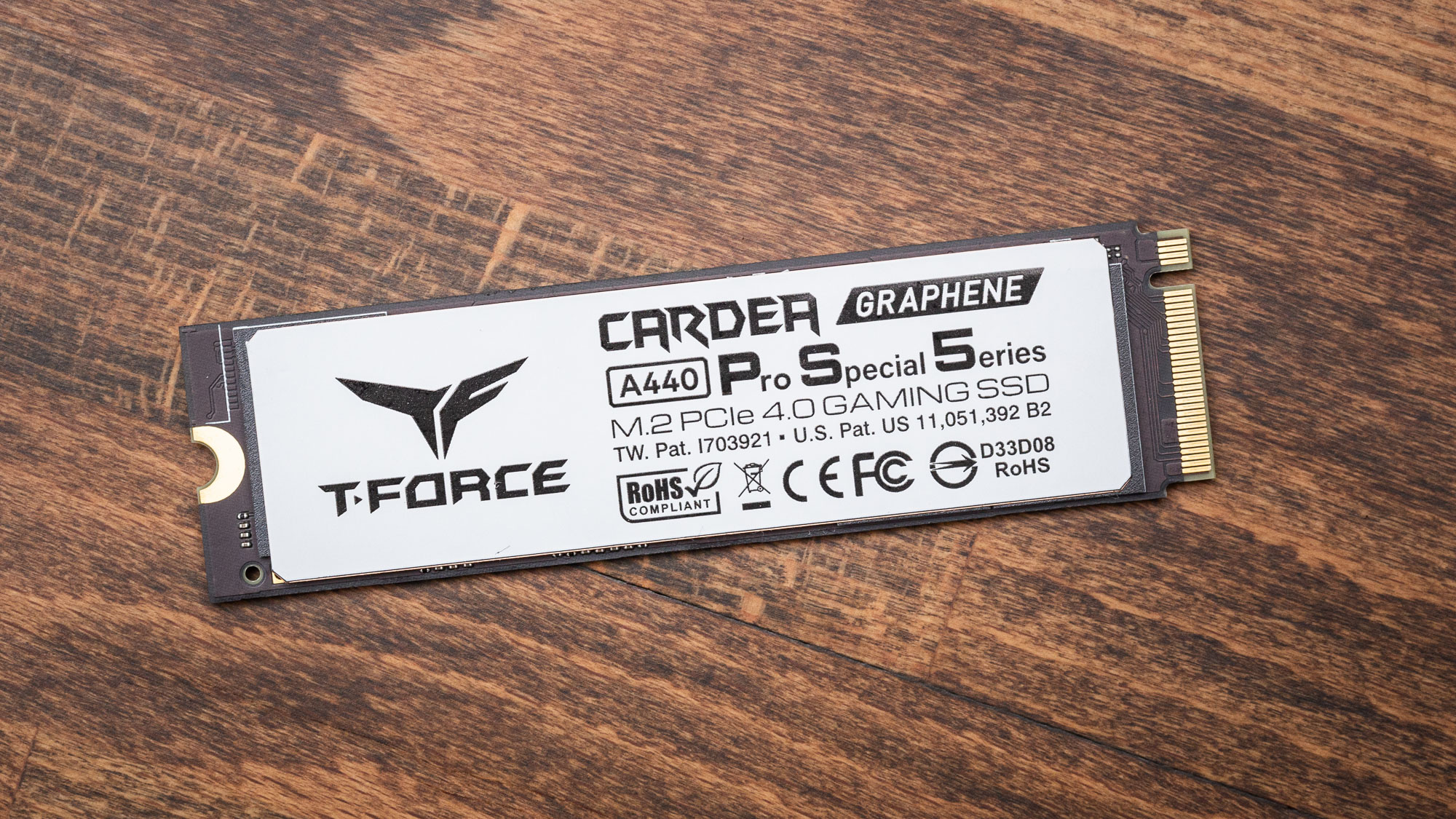
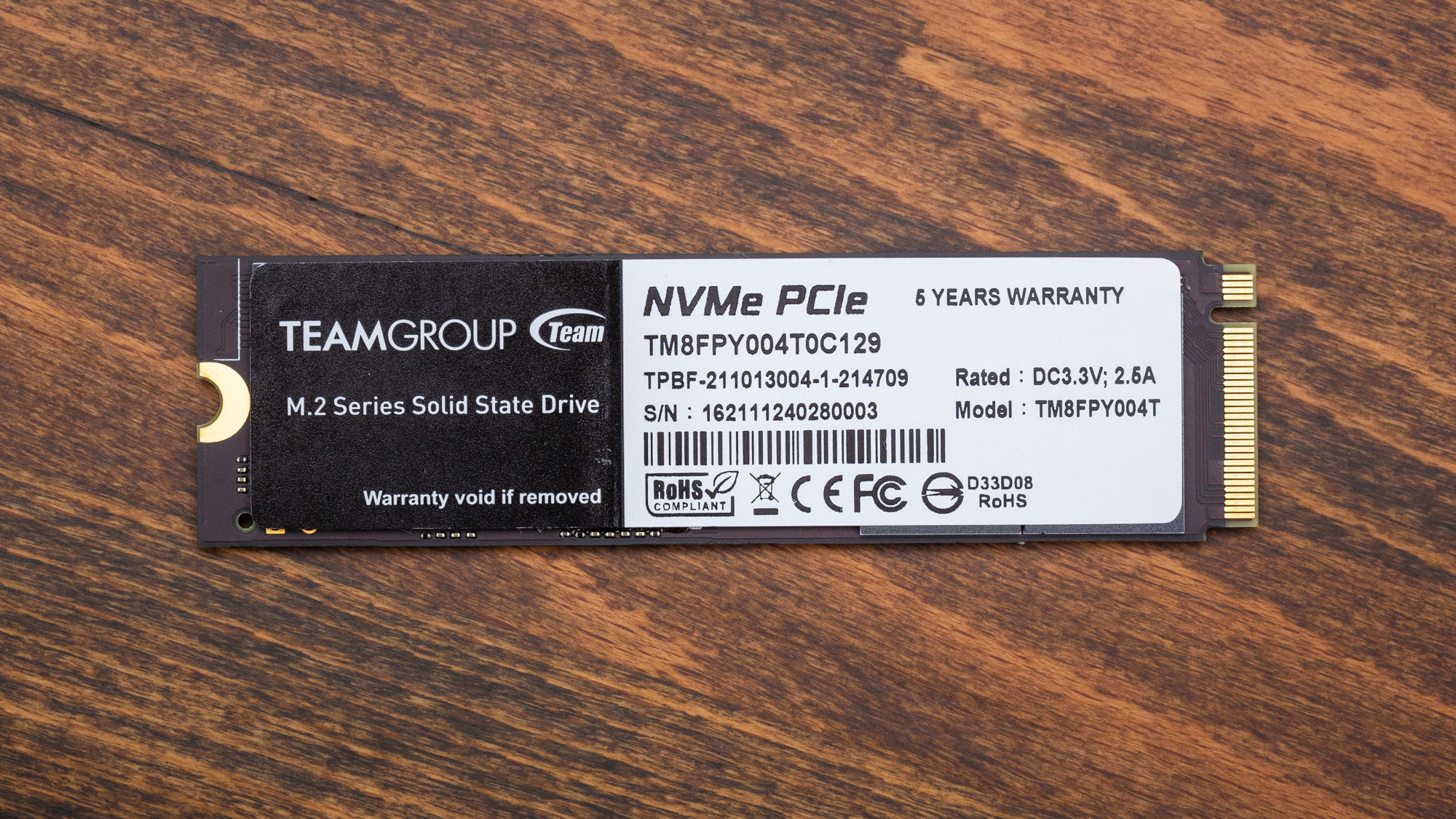
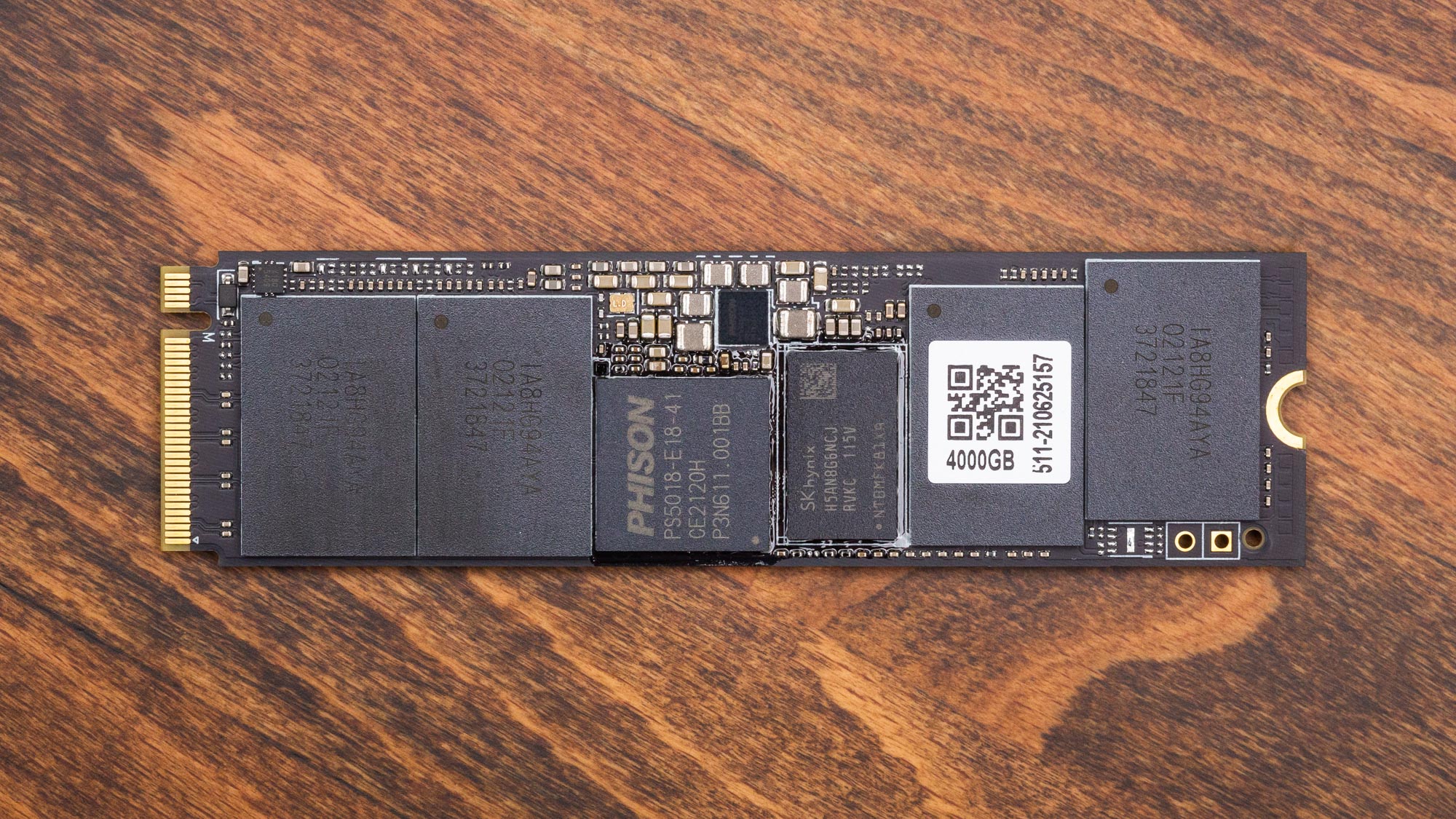
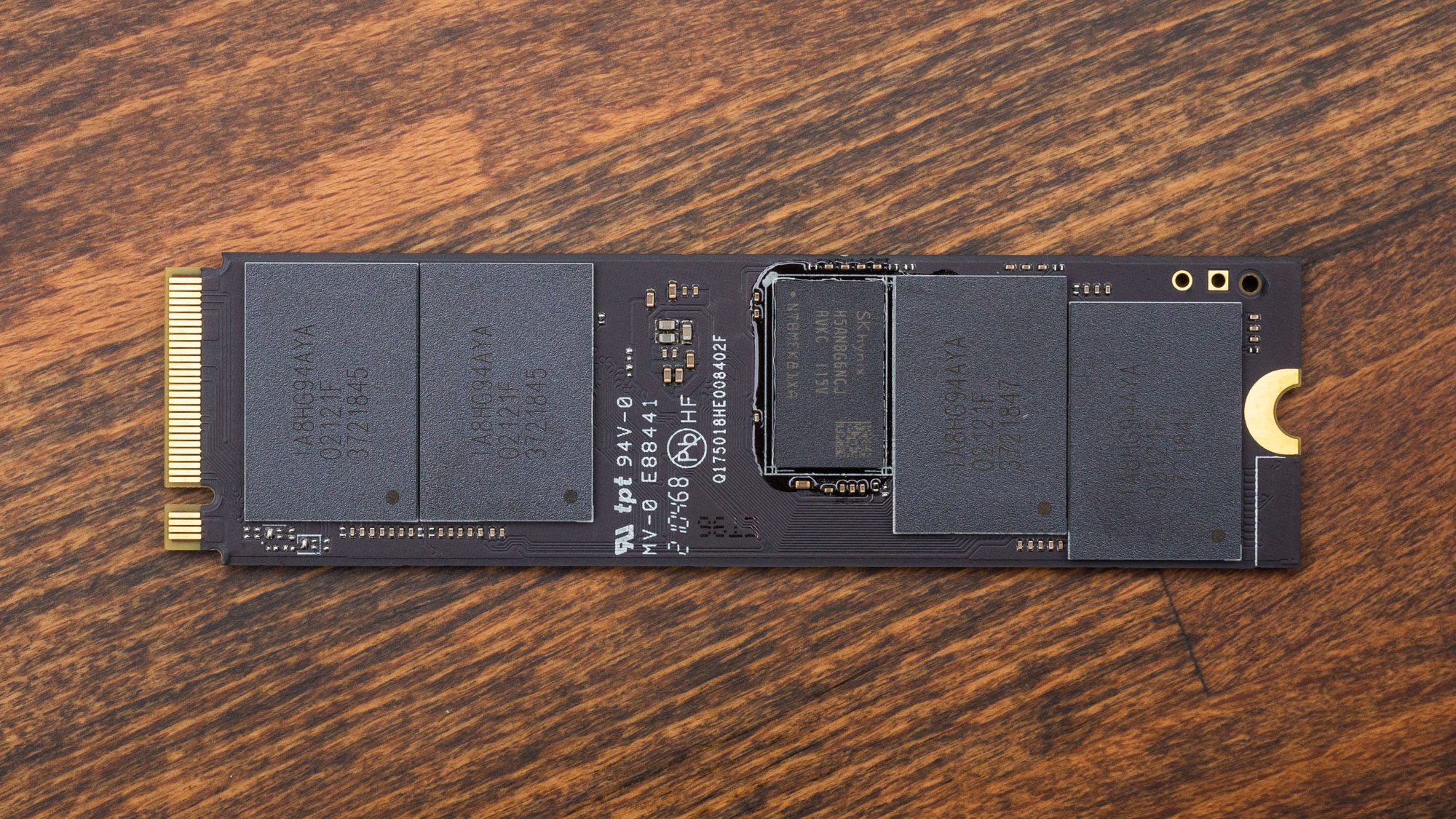
The A440 Pro and A440 Pro Special Series come in the common M.2 2280 form factor, double-sided at the tested capacities. The A440 Pro’s heatsink is likely more than what is necessary, while the more subdued heat spreader on the A440 Pro Special Series is minimalistic in design. Both drives contain back labels that offer more information about the specific drive. Beneath the cooling and labels, we see that both drives utilize Phison’s E18 controller and have two DRAM modules with eight NAND packages, half of each respectively on either side.
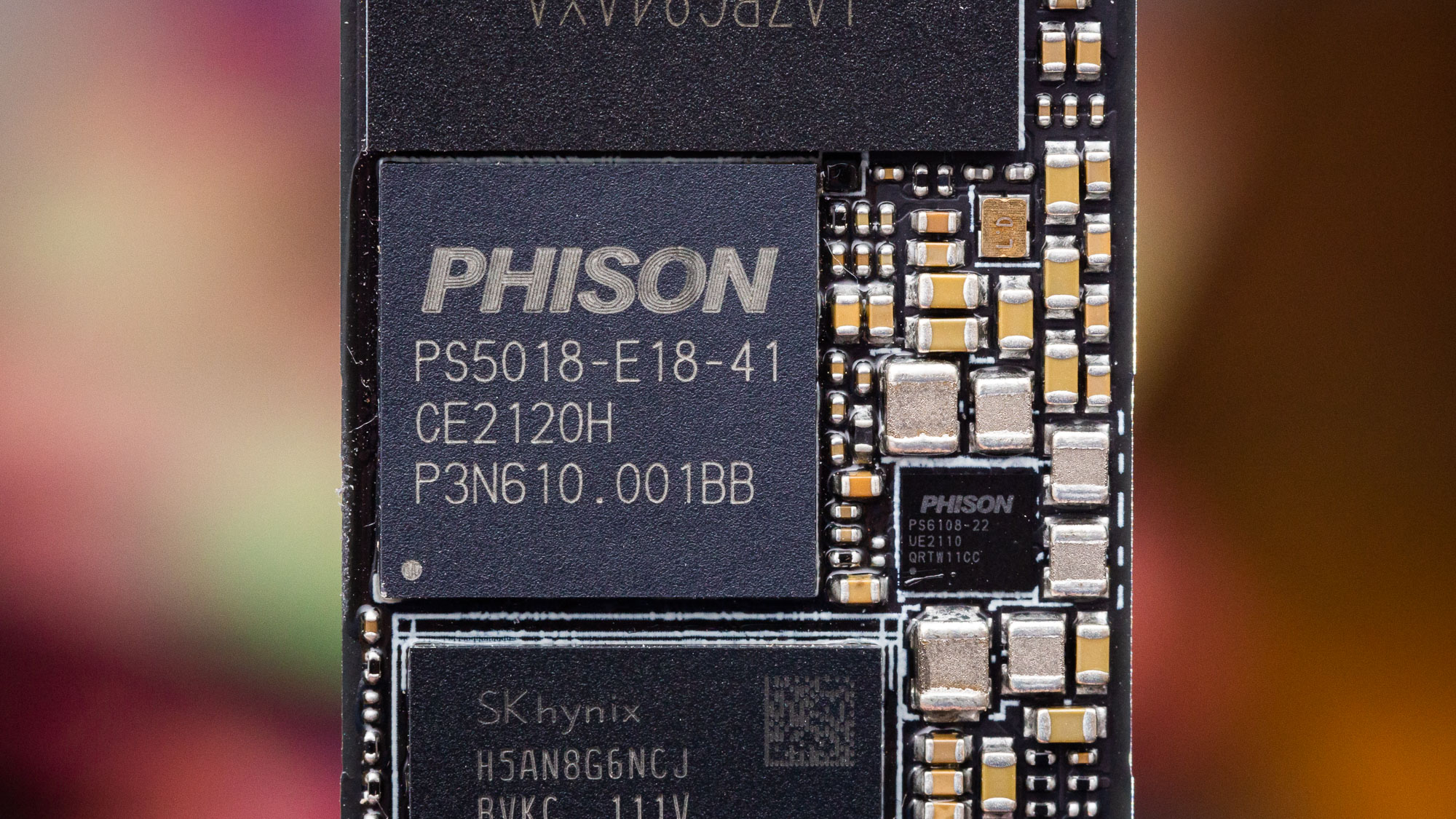
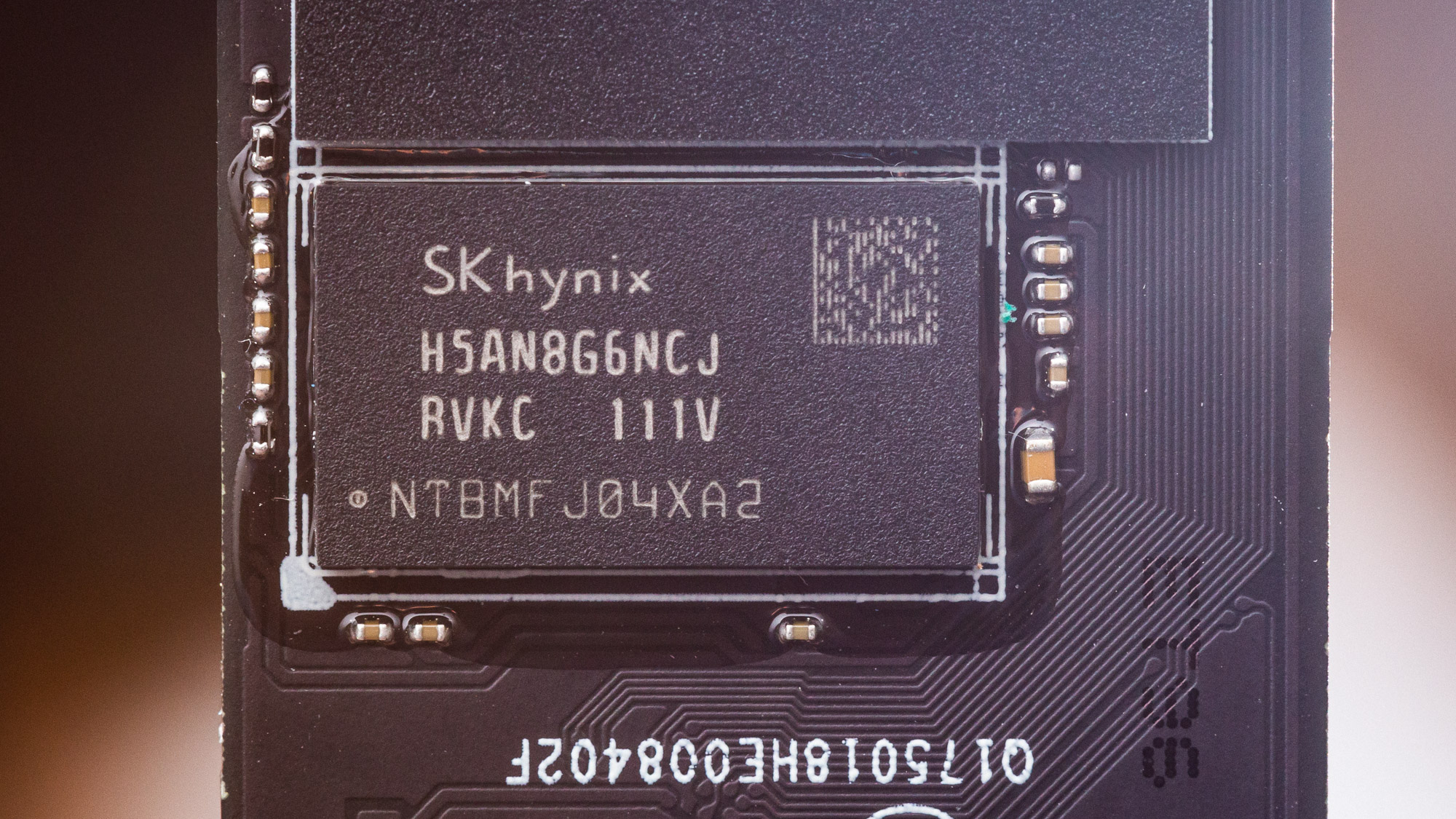
Phison’s E18 controller remains one of the best PCIe 4.0 options available and is used in a slew of drives. To reach these higher capacities, the drives have eight 256GB and 512GB NAND packages for the 2TB and 4TB models, respectively. It’s possible to get by with fewer packages, whether by stacking more dies in a package or using denser flash, but most PCs have no trouble handling double-sided drives these days.
The drives have two DRAM packages from Hynix, labeled H5AN8G6CJRVKC, which are 1GB of DDR4 a piece. DRAM overclockers will recognize the CJR as C-die, but keep in mind that DRAM usage on an SSD tends to be more about low latency and power consumption rather than raw bandwidth.
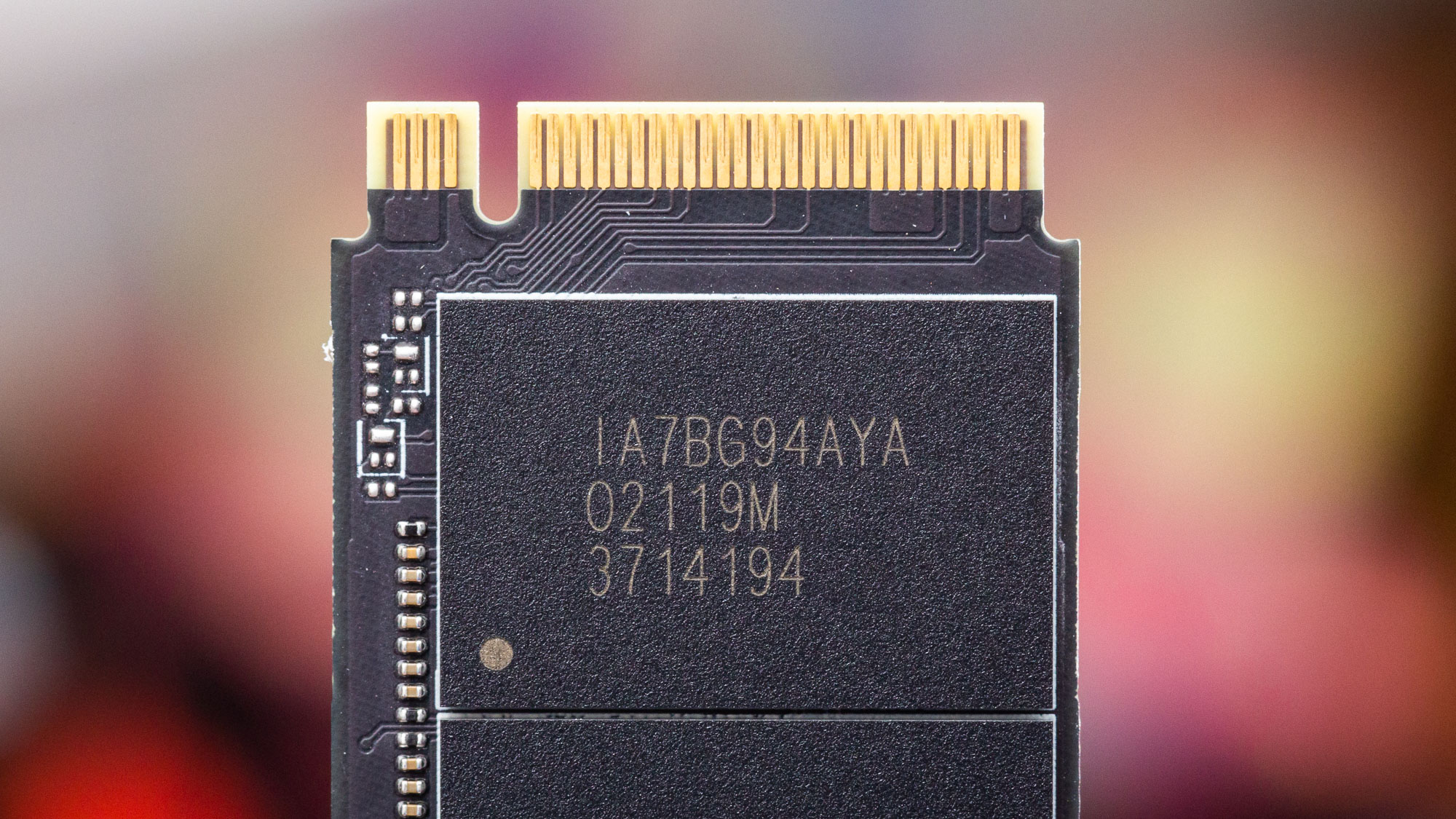
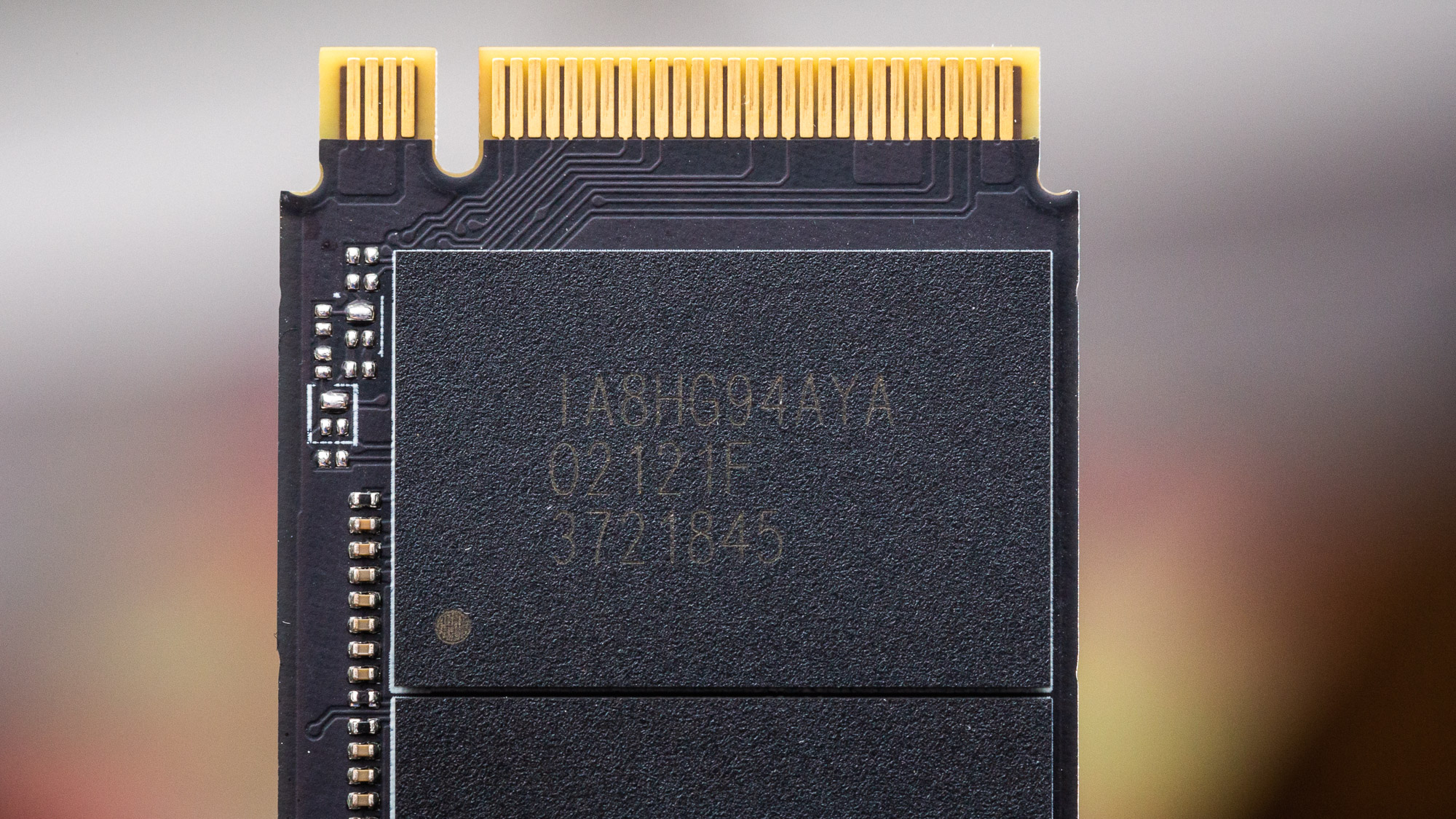
Both drives use Micron’s newer 176-layer TLC which is often coupled with Phison’s E18 on high-end SSDs. There are plenty of dies for interleaving at these capacities. Worth noting here is that the original 2TB A440 Pro we received for testing actually had what is termed as 'media-grade' flash, which is sufficient for mainstream SSDs but can have slight performance ramifications. Our second sample had a higher quality flash, but we used our test results from the 2TB SSD with lower-binned flash for this review. Our 4TB model, also part of this review, shipped with higher-end flash.
Flash tends to be graded, or binned, based on effective yields and the amount of valid blocks. NAND manufacturers will use different grades of flash for different applications - for example, we’ve seen Micron’s top-tier FortisMax flash on Team’s T-Create Expert Chia drive that touts the utmost in endurance and performance in brutal write-heavy workloads. Lower-grade (media grade, in Micron parlance) flash can also find its way into your more garden-variety SSDs, but they can deliver enough endurance to meet the warrantied specs by using strong LDPC ECC and other wear mitigation techniques.
MORE: Best SSDs
MORE: How We Test HDDs And SSDs
MORE: All SSD Content

Shane Downing is a Freelance Reviewer for Tom’s Hardware US, covering consumer storage hardware.